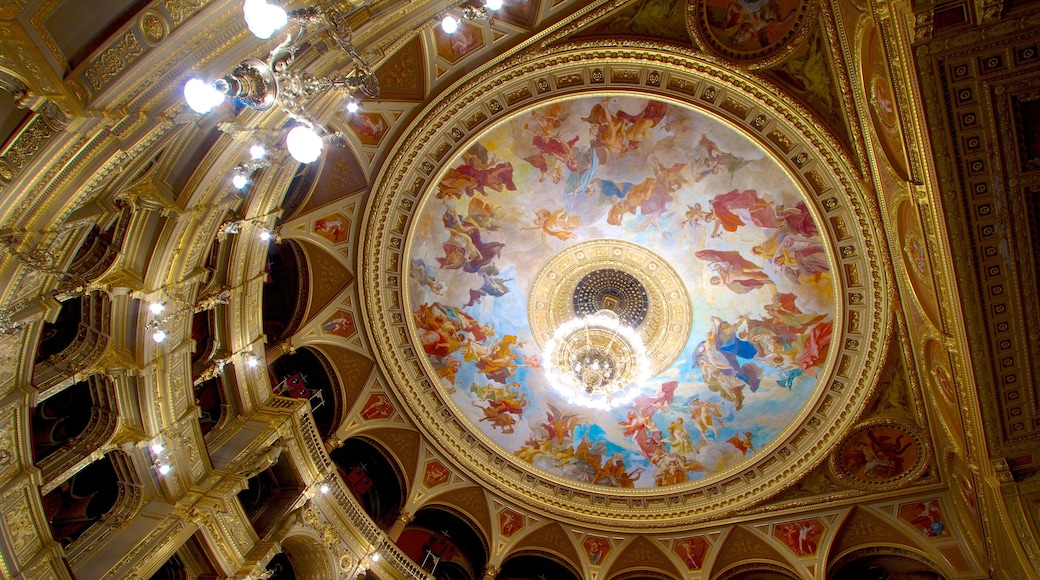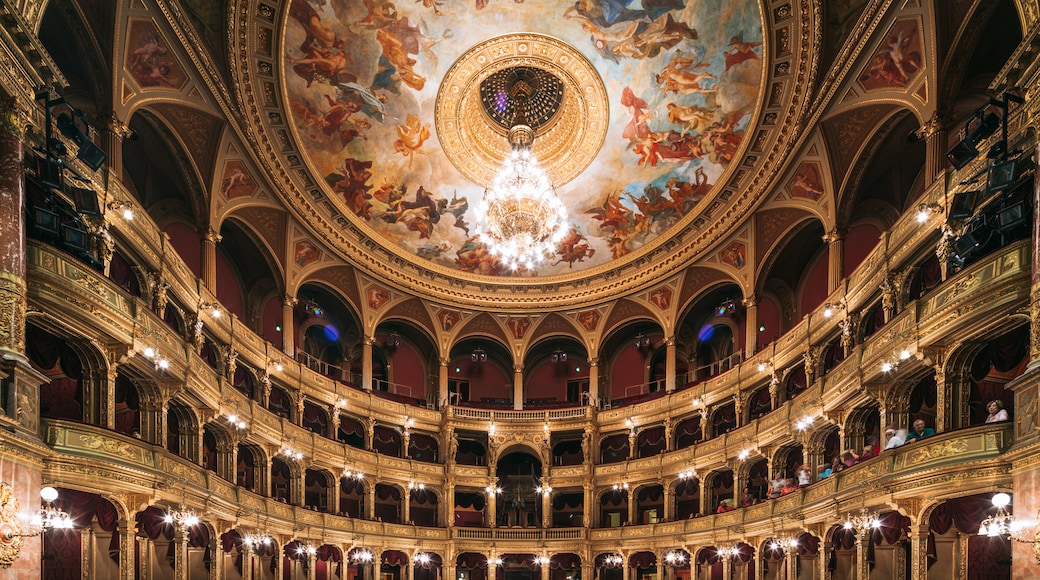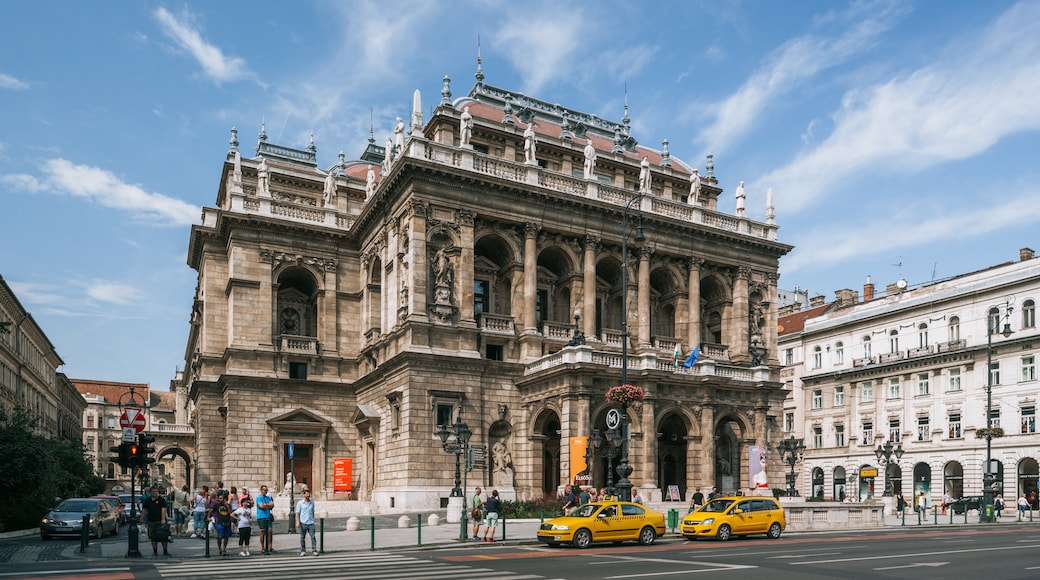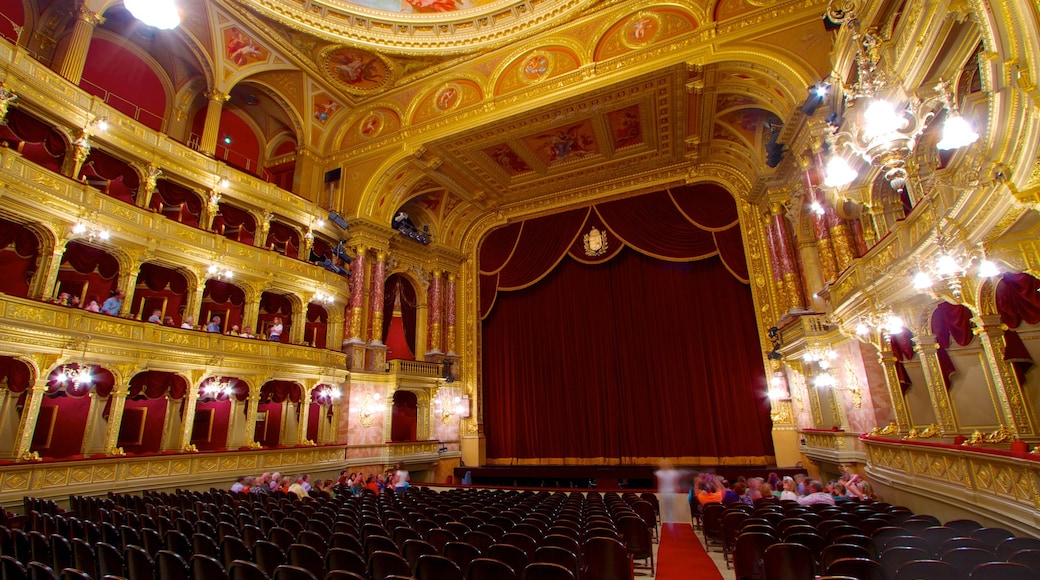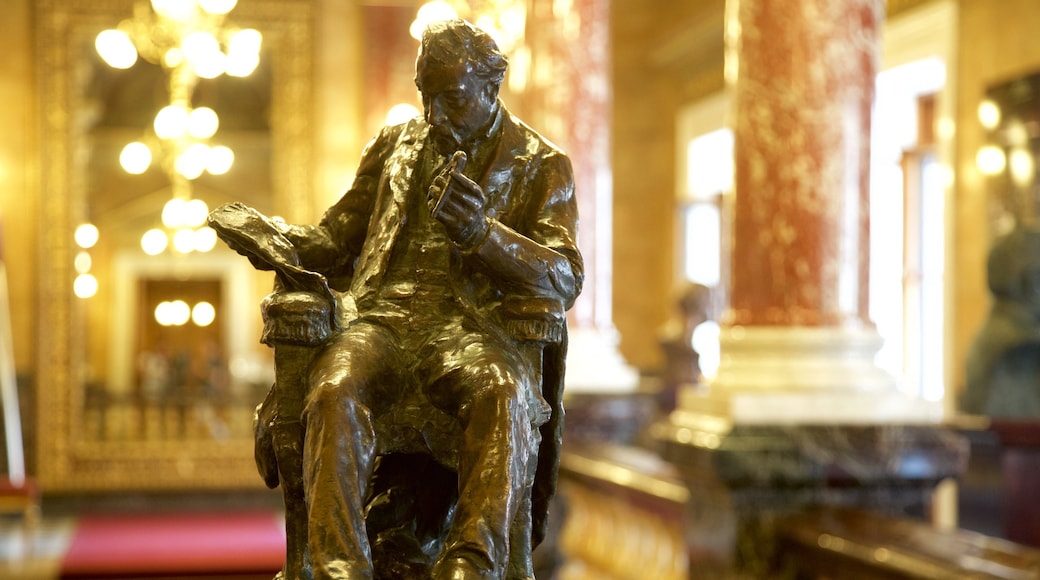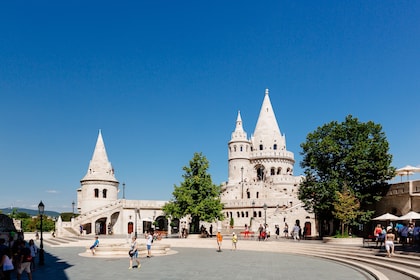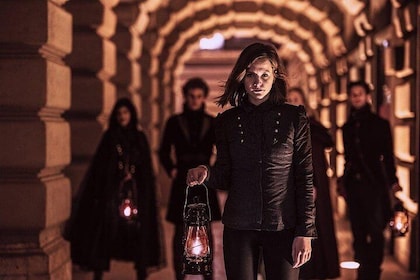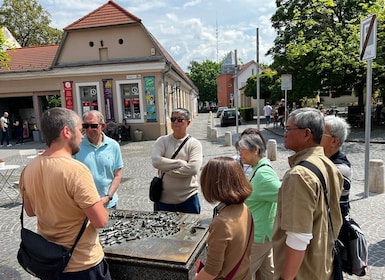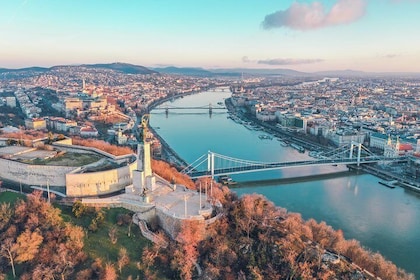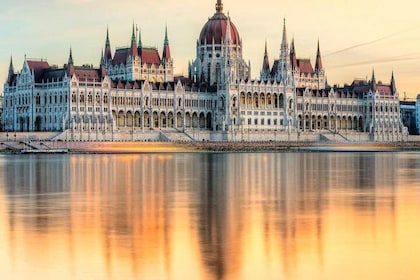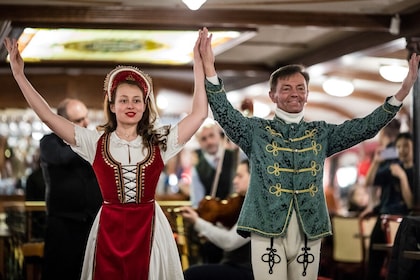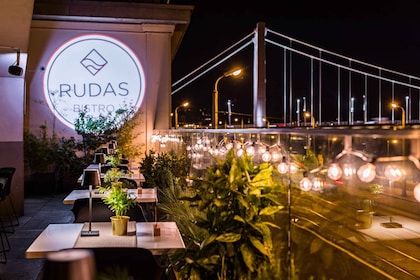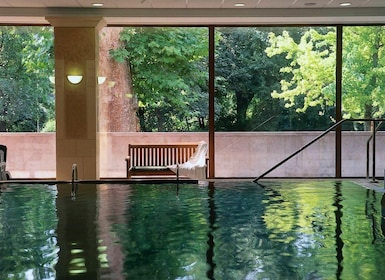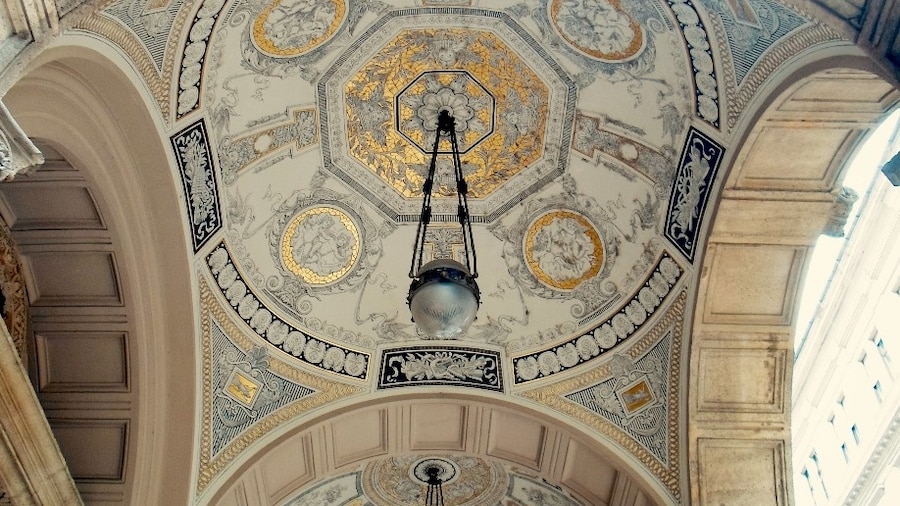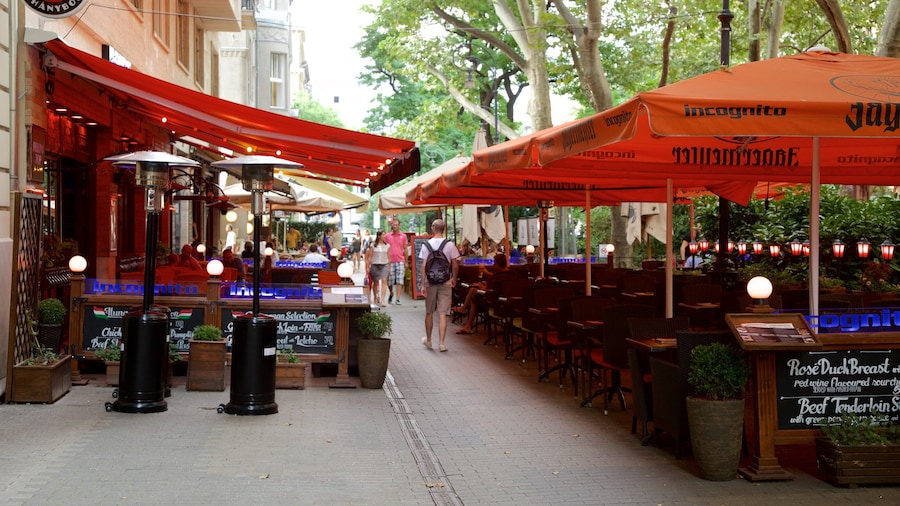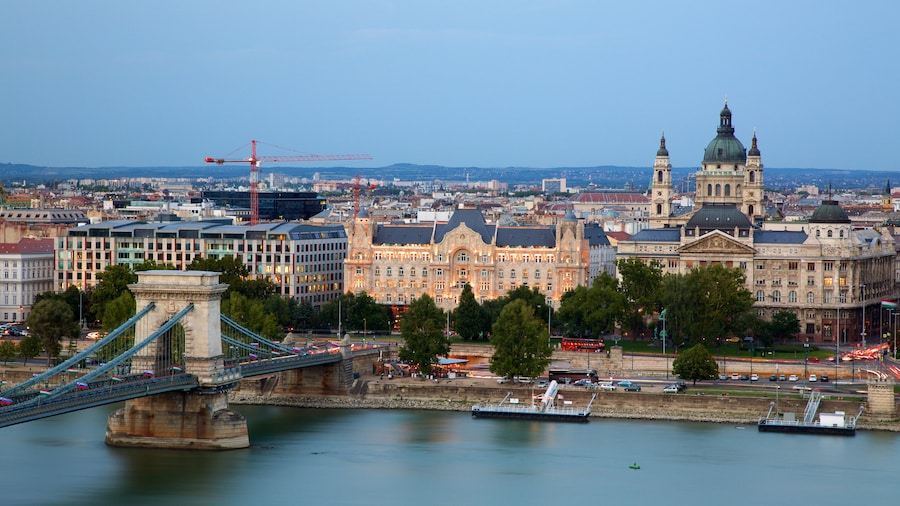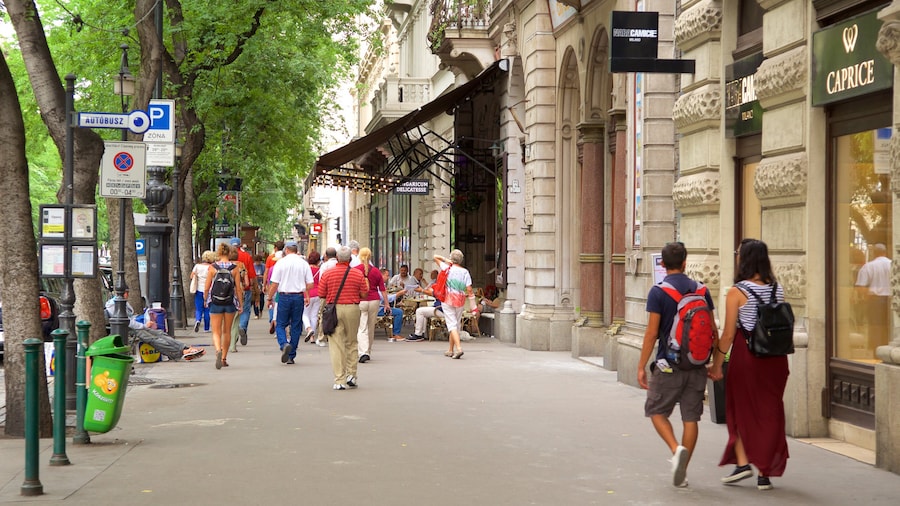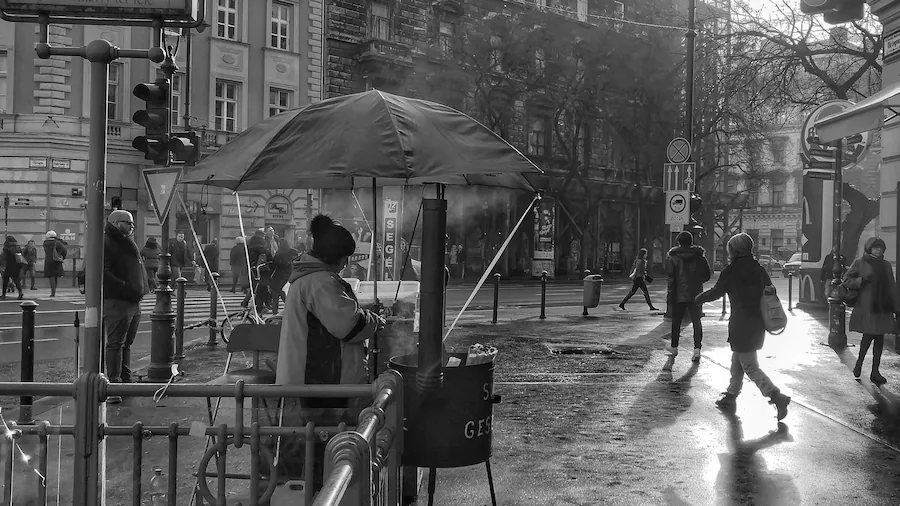This exquisite building has proved to be as much a work of art as the opera and ballet performances that take place within it.
The Hungarian State Opera House is one of the grandest buildings lining the opulent Andrássy Avenue, its three-tiered neo-Renaissance front dominating the surrounding streets. Home to both the Hungarian National Ballet and the Hungarian State Opera, it has witnessed performances by all manner of operatic stars – including Montserrat Caballé, Luciano Pavarotti and Placido Domingo.Ranked as one of the top performing venues in the world, few concert houses are able to match its superlative acoustics. But even if opera, ballet or concerts are not high on your Budapest 'to do' list, a tour of the State Opera House should be. Behind its commanding exterior, arches and statues lies an even more splendid interior. The State Opera House is as much a treat for the eyes as it is for the ears.It was built during the 19th century, Budapest's glory days, when the city was being reworked into the 'Paris of the East'. Although it already had a private opera house, in the Népszínház, Emperor Franz Josef wanted a Royal Opera House on a par with Vienna and Paris. Famous Hungarian architect Mikós Ybl was put in charge, and by 1884 the new Opera House was ready.The foyer is where the scale and richness of the Opera House first grabs you. This elegant space features a vaulted roof lifted high on deep-red marble columns, all picked out in white, blue and gold. The marbled grand staircase is just made for ball gowns sweeping up to the circle boxes.The auditorium, however, is where the Opera House literally shines. The three-tiered circle of balcony boxes is awash with gold, and from the ceiling hangs an enormous glittering chandelier. All around that central point are frescoes, framed in gilt, looking as fresh as when they were first painted. It's enough to guarantee a crooked neck – and real competition with whatever delights the main stage may serve up.
